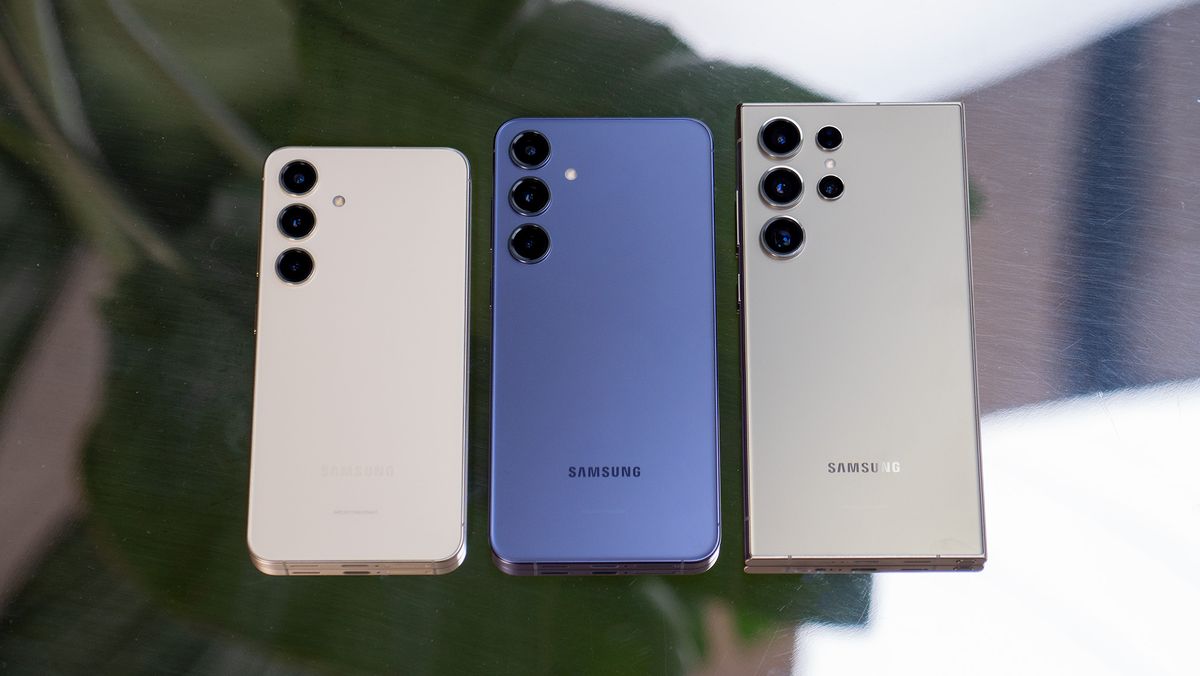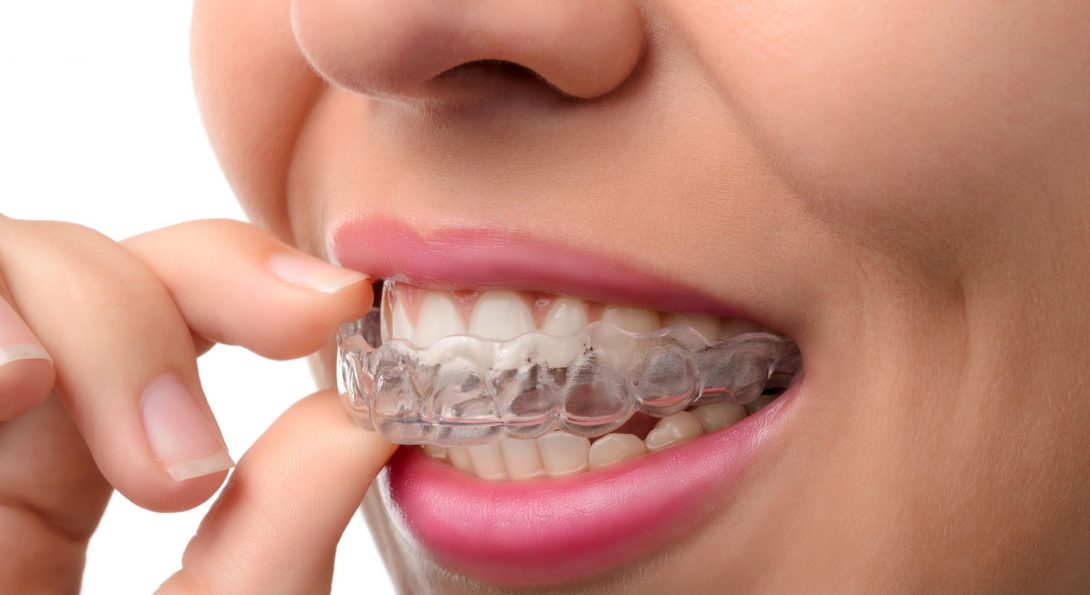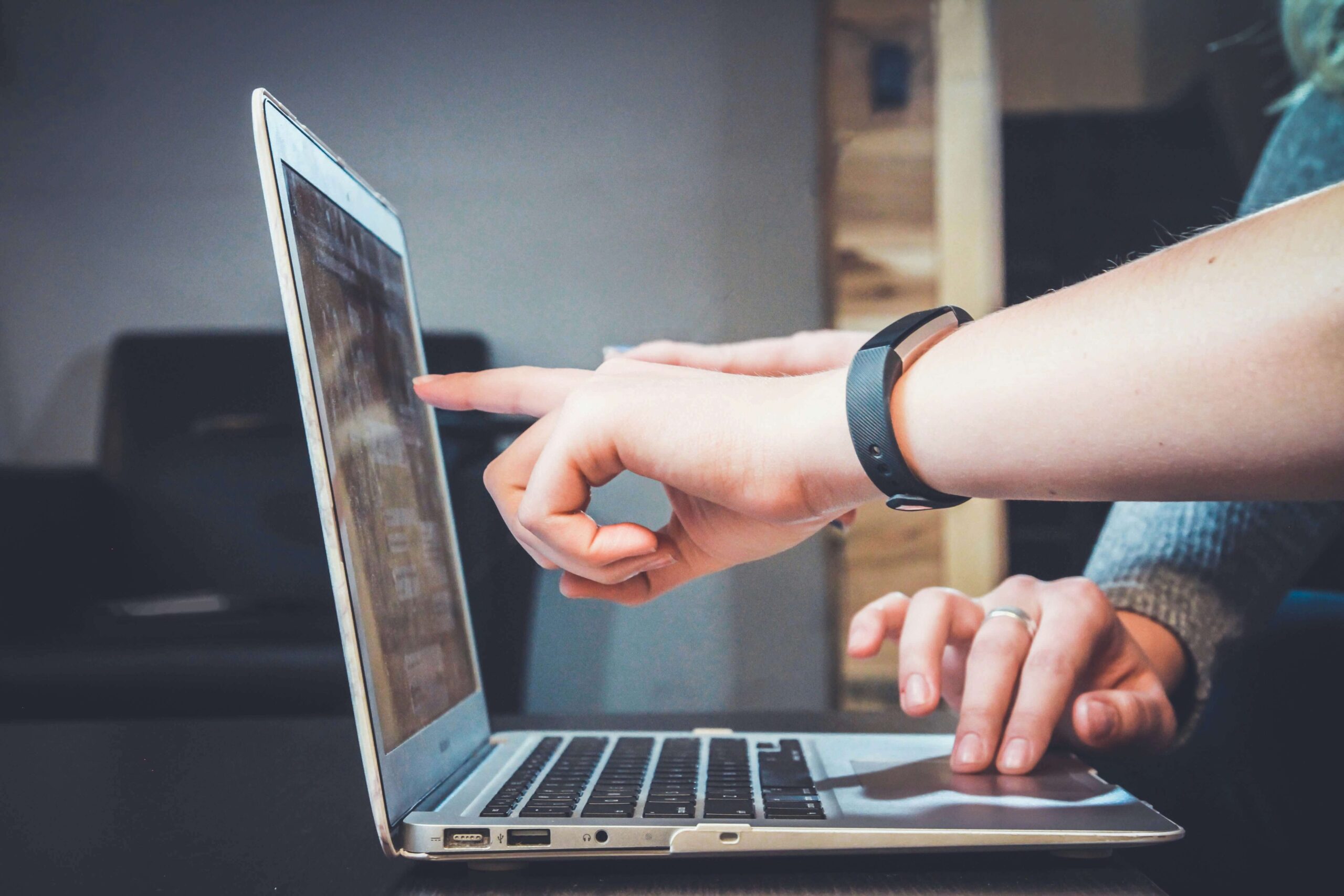Introduction
As you might know, Oppo is a major sponsor of arguably the most prestigious tennis tournament globally – Wimbledon. The company kindly invited me to spend a day around the sacred lawns and give their latest flagships another try.
We’ve already reviewed the Oppo Find X6 Pro and the Find N2 Flip I figured there’s little more useful information I could add about the two phones individually. Instead, I decided to dedicate my time to answering a different question that I’m getting with increased frequency from friends and family lately. Are those cool-looking foldable Flip phones better than the existing bars?
While the horizontal foldables cover a different price segment and cater to somewhat different use cases, the flips and flagship bars occupy a very similar segment, so there’s understandably an overlap in potential customers. And while I’m only basing this on the two Oppo phones, the conclusions apply to the two classes of phones in general.
I took the two phones and set out to find which one would make a better fit for different tasks. I’d carry them both around all the time and every couple of days I’d alternate which one would be my primary device to minimize bias.
Design
The Find X6 Pro is a great-looking phone with its leather back and interesting camera module, and I doubt anybody would mind its looks. However, it still doesn’t come close to the appeal of the Find N2 Flip – and it’s not just my opinion either.

When taking the two out in public, the foldable draws the far more envious looks. The Find X6 Pro would get the occasional compliment, but people are so used to bar phones that they all feel the same. The Find N2 Flip, on the other hand, is an instant conversation starter and for all the right reasons, too.
And there’s something so satisfying about opening the phone to pick up a call and then slamming it shut after you are done. A point to the clamshell here.
Battery life
The numbers in our test give a slight edge to the Find X6 Pro, and if you were to keep the N2 Flip unfolded all the time and use the two phones the same way that would likely carry over to real life. There is a catch, though – since the N2 Flip does have a somewhat usable external screen, you don’t need to open it and light up the main screen every time you receive a message and want to check it out.
You also can, or rather should, use the external screen when taking selfies as it lends you far superior quality of the main camera. And if you are a shutterbug or just visiting cool places as I was this will contribute significantly to battery savings.

So the two phones felt virtually identical when it comes to battery life. If one had an edge, it was small enough not to be detected in everyday use.
A difference I did feel was charging times. While the N2 Flip is probably the best of the clamshells in that aspect, its top-ups still felt slow compared to the Find X6 Pro’s. I could get up in the morning, plug the Find X6 Pro and pick it up fully charged by the time I was ready to go out for breakfast – a luxury not afforded by the N2 Flip. I’d give the bar phones the edge here on that grounds, but perhaps not the full point.
Camera
The bar flagships have the clear upper hand over the flip phones when it comes to hardware and the duo I’ve been experimenting on makes no exception. The Oppo Find X6 Pro has more cameras, larger sensors and brighter optics and you’ll be forgiven for expecting it to walk this one. However, the real-life comparison was anything but one-sided.
When it comes to daylight shots smartphones, have come so far that even mid-rangers produce great shots these days. And the Find N2 Flip is far better than a mid-ranger so there’s little wrong with its output. That’s why for the good light shots I’d mostly end up using whichever phone was my main one at the time.
The only exceptions were faraway objects, which would exclusively require the usage of the Find X6 Pro – the 23mm main camera on the Flip was next to useless for those.
On the other hand, selfies would be Find N2 Flip’s domain. While the two phones have identical 32MP selfie cameras the external screen enables the foldable to use its main camera for shots of yourself. That main shooter that can run laps around regular selfie cameras, not to mention it has an ultrawide backup on its side.
The camcorder mode also came in handy, literally, as it felt more comfortable than the regular video recording. The N2 Flip’s ability to act as its own tripod when placed semi-folded on a flat surface is even more convenience. The final well-appreciated feature enabled by the external screen is the preview it allows when you are shooting other people, so they can tune their pose.

Still, when it got proper dark I’d revert to the Find X6 Pro, which would turn night into day and then slap some color to it if you so desire. And as I appreciate low-light and telephoto performance over selfies I’m giving this round to the bar phone squad. A lot of people would be perfectly happy with the Find N2 Flip’s camera output, though, and the selfie addicts will likely even prefer it to the X6 Pro.
Productivity and general use
When unfolded, the Find N2 Flip would match any bar phones in terms of what you can do with it. And since the cover screen barely contributes much to what you can achieve with the phone, things seem pretty even. Once again, the foldable form factor adds a twist, though, only this time it’s not in its owner’s favor.
You need to unfold the phone every time you want to do something with it – be it reply to a message, check Google Maps or browse the web is getting in the way when you are a heavy user. That’s an extra step every time you want to do the a almost anything and extra steps are never a good thing.
On the other hand, carrying the powder box-shaped Find N2 Flip around is considerably more enjoyable than lumping the Find X6 Pro. The curved screen of the bar phone helps it slip into most pockets, but not quite match its flip rival. The 25g of extra weight were also readily felt when I was wearing jeans, let alone shorts.
With the first two rounds tying the score, the category is ultimately decided by handling, which sends it in the Find X6 Pro’s favor. The Find N2 Flip is a very slippery phone, whereas the vegan leather of the bar flagship just sticks to your fingers. Putting the case on the foldable helped a bit, but the hard plastic ain’t that grippy either. And using a foldable phone with a case adds so much thickness that it ruins the entire carrying-around experience.
Wrap-up
No point in tallying up the score here – everyone’s usage patterns are different, so producing a single final score would be meaningless at best and misleading at worst. Instead, I suggest you count the chapters that matter to you and then get your own personalized score.

The short wrap-up is this: If you love the design, go for the foldable and you won’t regret it; if the bendy body doesn’t invoke strong feelings, you are probably better off with a boring ol’ bar phone.
That said, it’s been 16 years since the first modern touchscreen phones came to be – ages in the tech world, so everything about the form factor has had plenty of time to mature.
In comparison, the Galaxy Z Flip came out just 3 years ago, and it’s barely been a year that it got proper competition from the likes of Oppo and Motorola. There’s progress to be made there and we will see leaps and bounds in the next few generations. In fact, the Oppo N3 Flip is already official in China and its promised global release will come a long way in equaling the camera hardware discrepancy. This article might need a revisit sooner than we think!





















Discussion about this post